AO Edited
Asticou Azalea Garden
East meets West in this Japanese-style garden featuring plants native to Maine’s Mount Desert Island.
Beatrix Farrand was a pioneering landscape architect who designed gardens for presidents, Rockefellers, and elite college campuses, and the garden she kept at her private residence in Bar Harbor, Maine, was no less ornate. When she sold the house in 1957, however, the gardens were to be either sold or destroyed, as the buyer had neither the expertise nor the personnel to maintain such an oasis. Luckily they were bought up, and live on today in the form of the Asticou Azalea Gardens on Mount Desert Island.
Farrand’s azaleas, rhododendrons, cherry blossoms, and other sundry flowers, shrubs, and trees weren’t simply relocated. Combining a love for native Maine plant life and Japanese garden design, the self-taught landscaper and lifelong Mainer Charles Savage salvaged Farrand’s flora to create a garden where the Far East meets the Northeast.
Savage’s family had owned the Asticou Inn, just across the street from today’s azalea garden, since the 1800s. With the purchase of Farrands’ plants, he hoped at first to build a simple, verdant hangout where inn guests could unwind during their stay. To conceal a pesky vein of gravel that ran through the center of the proposed plot, Savage covered it with white sand and several large, elegant rocks, neatly raking the sand to evoke the Zen garden within Kyoto’s Ryoan-ji temple. The first Japanese-inspired element inspired another, then another, evolving into the gardens seen today.
While the plants within the gardens are primarily native, the design elements draw heavily from Japanese gardening tenets. Unlike in most Western gardens, Asticou leverages the natural landscape, emphasizing rather than flattening the anomalous boulders, hills, and waterways around the property. Smooth, circular walkways encourage slow strolling, while benches and shady nooks inspire restful contemplation. A quaint pond in the heart of the garden reflects the surrounding trees like a mirror on days without wind, unless a local family of mallards is busy swimming.
Something is always in bloom at Asticou during the months it’s open, from May to October. The cherry blossoms peak in May, before the rhododendrons and titular azaleas bloom in June; July is marked by Japanese iris blossoms and smoke bushes, while pond lilies hit their stride in August. Finally, weeping hemlock, pines, and birchwoods flare into yellow, orange, and red throughout the fall. Perhaps the only wrong time to visit this hidden gem of Downeast is when it’s closed for the season.


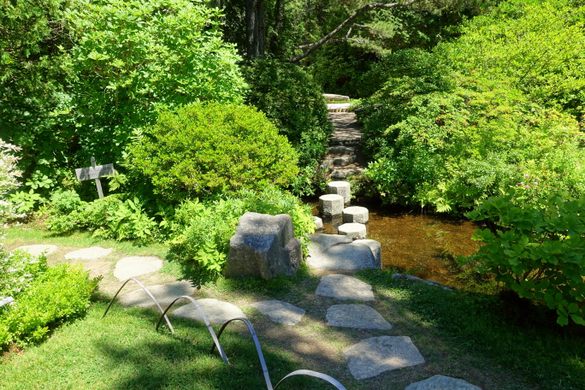
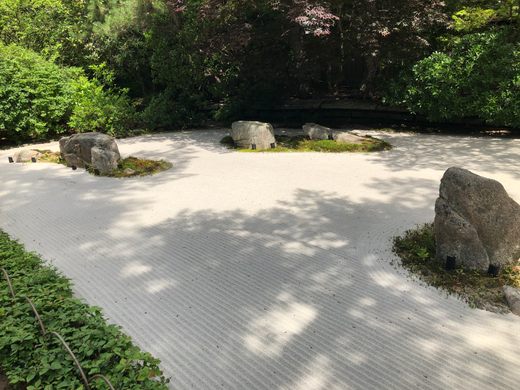
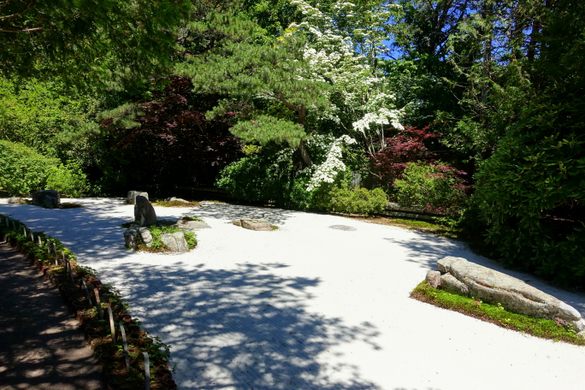
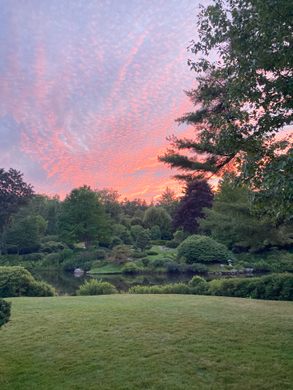

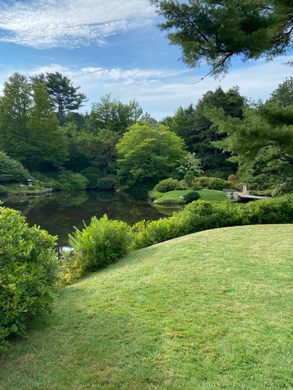
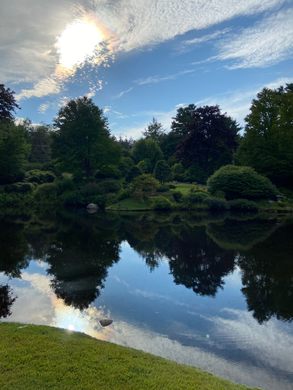











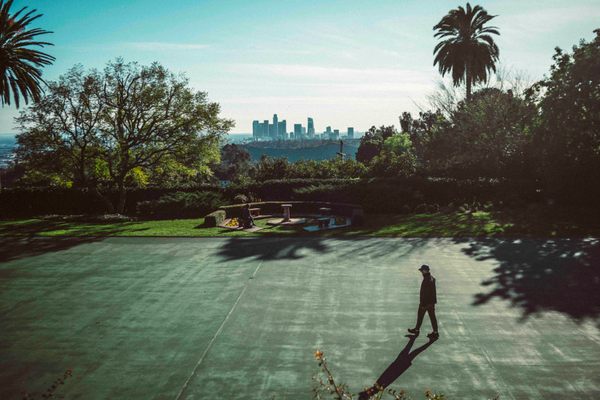



Follow us on Twitter to get the latest on the world's hidden wonders.
Like us on Facebook to get the latest on the world's hidden wonders.
Follow us on Twitter Like us on Facebook